
Latest Editions
-
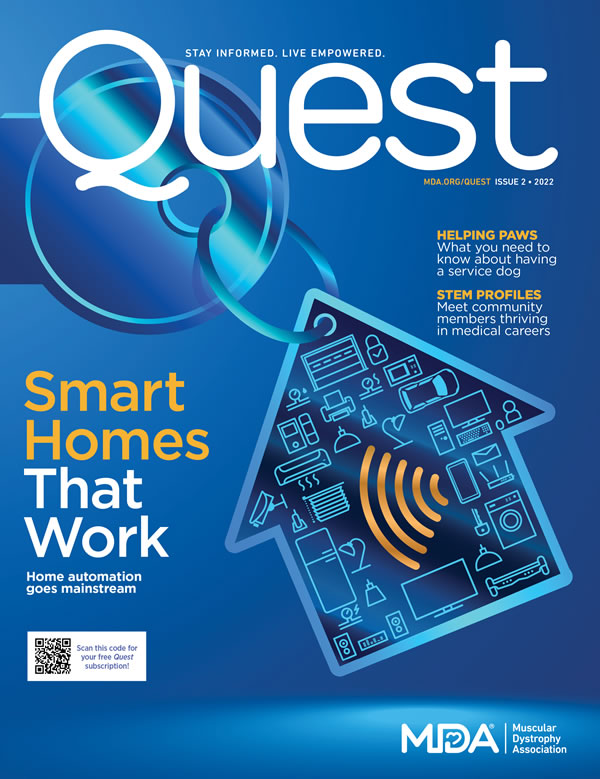 Quest Issue 2, 2022
Quest Issue 2, 2022 -
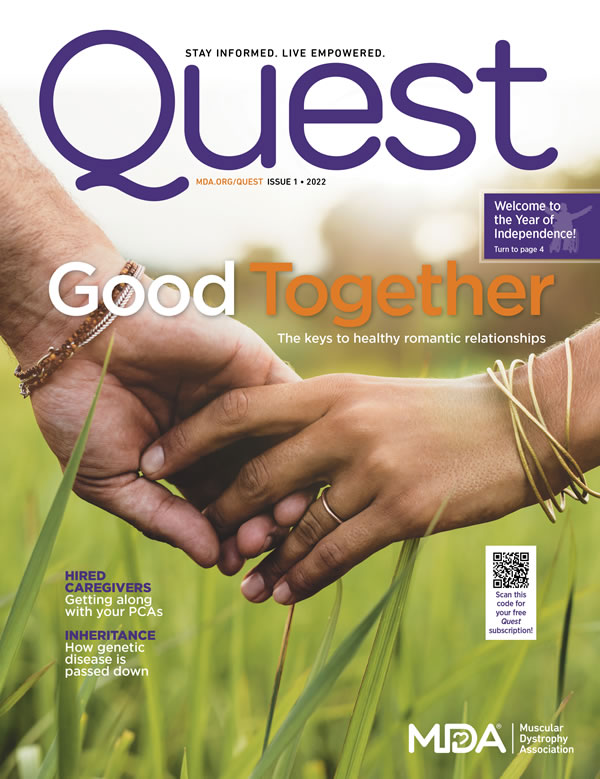 Quest Issue 1, 2022
Quest Issue 1, 2022 -
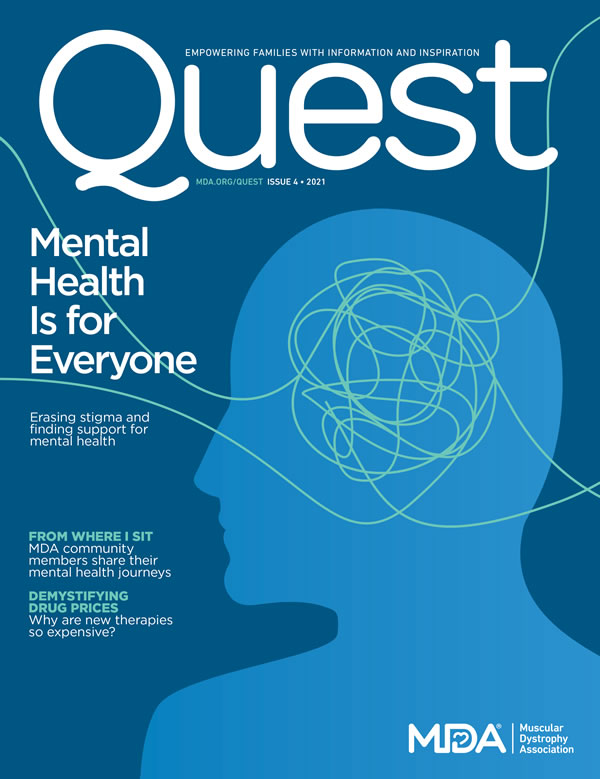 Quest Issue 4, 2021
Quest Issue 4, 2021 -
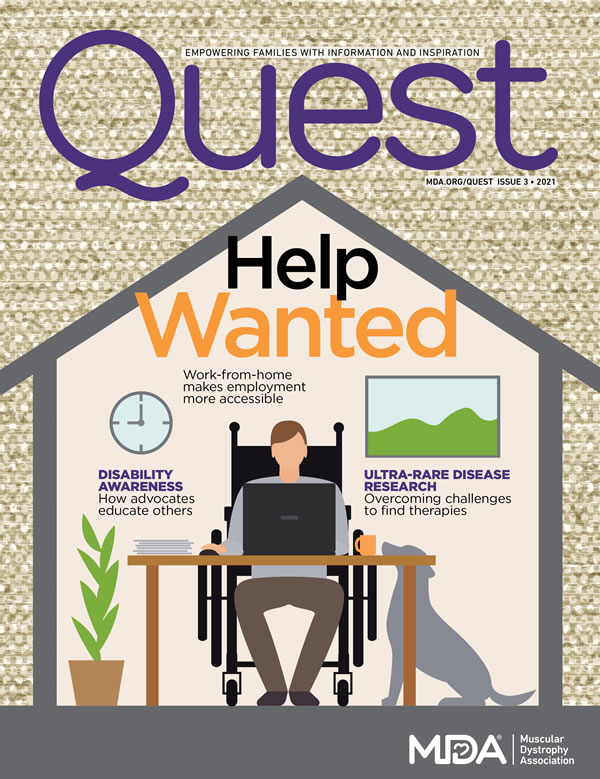 Quest Issue 3, 2021
Quest Issue 3, 2021
Recent Quest Articles

Nonwalkers With SMA At High Risk for Weight Gain
Children and adults with types 2 and 3 spinal muscular atrophy (SMA) who are no longer walking have an increased risk of being overnourished and overweight if they otherwise have relatively good motor function, a multicenter study shows.The results emphasize the importance of a "dedicated and experienced nutritionist" in SMA medical management, the researchers say.
Read More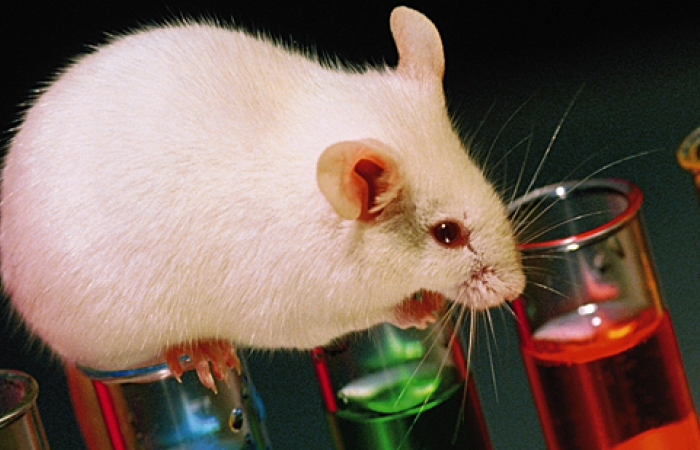
Antisense Treatment Restores Full-Length SMN in SMA Mice
Scientists have found that mice with a disease resembling a mild form of spinal muscular atrophy (SMA) known as SMA type 3 showed more production of a needed protein in their spinal cords and more normal-looking ears and tails after treatment with a gene-modifying molecule that researchers hope could become a treatment for human SMA.
Read More
Despite Muscle Disease, 'Toy Tiger' Was an Awesome Fighting Machine
In a bloody 1975 bout Hafey (right) successfully hammered Salvador Torres to a win in 10 rounds. Photos courtesy of Brad Little. Art Hafey knew, from the way his arm and leg muscles were knotting up uncontrollably, that he’d never be able to go the full 10 rounds with hard-punching Vicente “Yambito” Blanco.
Read MoreBaby Born with Challenges (Liz Trumpy: type 1 myotonic dystrophy)
Liz Trumpy was an active, apparently healthy New York City police captain who worked out with weights, ran a marathon and participated in mini-triathlons. Married to another police officer, she went to the gym regularly throughout her pregnancy, even on the day before she gave birth.“If Kelly had been born without health problems, I would have said I had a picture-perfect pregnancy,” says Trumpy.
Read MoreCaution, Preparation and Teamwork Lead to the Best Pregnancy Outcomes in Women with Neuromuscular Diseases
When Emma Ciafaloni was preparing to become a neuromuscular disease specialist in the 1990s, and even when she directed the MDA neuromuscular disease clinic at Duke University in the early 2000s, she was struck by the lack of information she could offer patients who wanted to become pregnant.“I really have an interest in women and neuromuscular diseases, in what we can do better for them in dealing with their neuromuscular disease and also with pregnancy,” says Ciafaloni, now at the University of Rochester Medical Center, where she sees patients in the MDA clinic and has received MDA research support.
Read MoreDMD Gene Repair Strategy Takes a Big Step Forward
A new generation of molecules — peptide nucleic acid single-stranded oligodeoxynucleotides or PNA-ssODNs — can help cells permanently repair errors in the dystrophin gene, fixing the underlying cause of Duchenne muscular dystrophy (DMD), researchers report.The research group, headed by MDA grantee, Carmen Bertoni, at the University of California Los Angeles (UCLA), published its findings online June 23, 2010, in the journal Human Molecular Genetics.
Read MoreGene Therapy Success in IBM
Scientists at five U.S. institutions have successfully used gene therapy to improve muscle function in a single human subject with a hereditary form of inclusion-body myositis (IBM) caused by mutations of the GNE gene. Study results were published online March 30, in the Journal of Gene Medicine.
Read More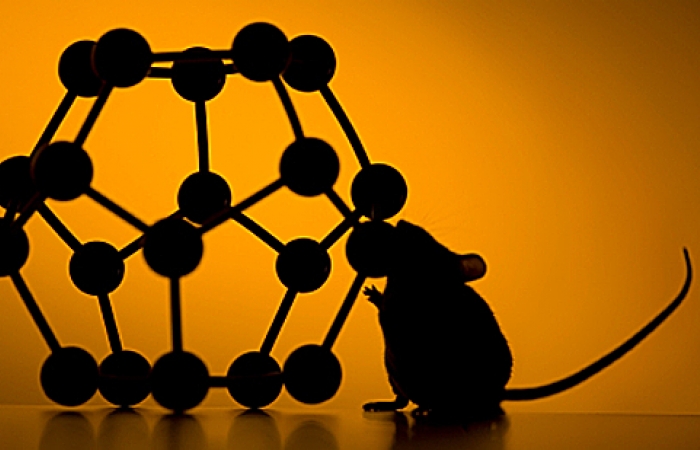
SMN Gene Transfer Benefits Mice
A research group from the University of Sheffield in the United Kingdom has found that mice with a disease mimicking human spinal muscular atrophy (SMA) benefited significantly from intravenous transfer of the gene for the SMN (survival of motor neurons) protein. The mice lived significantly longer than untreated mice of the same type.
Read More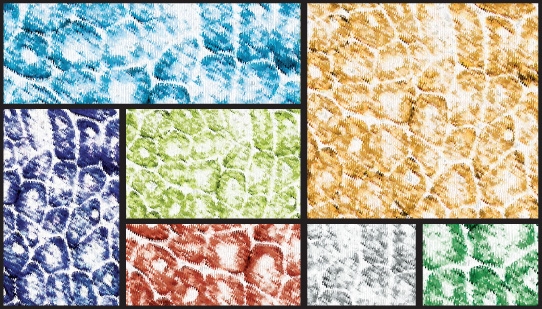
In Focus: Central Core Disease (CCD)
This special report focuses on central core disease (CCD), a genetic muscle disease characterized by the appearance of corelike structures running through the centers of muscle fibers. The cores are areas of metabolic inactivity.Symptoms vary widely in severity and can begin anywhere from infancy to adulthood. They include weakness, muscle cramps, orthopedic abnormalities (spinal curvature, foot deformities, hip dislocations) caused by the weakness, and a dangerous susceptibility to malignant hyperthermia, an adverse reaction to anesthesia.
Read MoreAccessible Vacation Accommodations
Here's a partial list of wheelchair-accessible accommodations available in the Beaches of South Walton area, compiled by freelance writers Barbara and Jim Twardowski.Fifteen communities make up the 26-mile stretch of Northwest Florida coast known as the Beaches of South Walton County. They are: Inlet Beach, Rosemary Beach, Alys, Seacrest, WaterSound, Seagrove, Seaside, Watercolor, Grayton, Blue Mountain, Santa Rosa, Dune Allen, Sandestin, Miramar and Seascape.
Read MoreMDA Resource Center: We’re Here For You
Our trained specialists are here to provide one-on-one support for every part of your journey. Send a message below or call us at 1-833-ASK-MDA1 (1-833-275-6321). If you live outside the U.S., we may be able to connect you to muscular dystrophy groups in your area, but MDA programs are only available in the U.S.